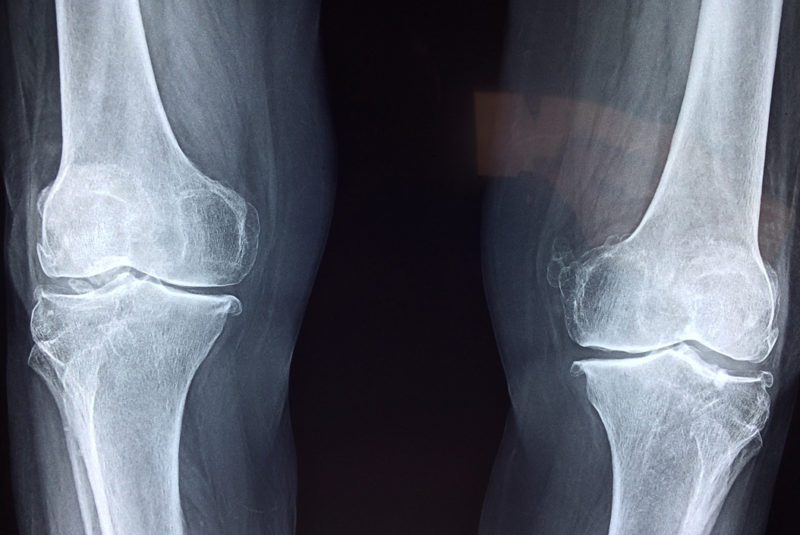Osteoarthritis (OA) otherwise known as ‘degenerative joint disease’ is one of the most frequent causes of pain and disability in adults and the elderly. One third of people over the age of 45 years has sought treatment for OA, with an estimated 10 million people currently effected.
(Arthritis Research UK 2013)
Osteoarthritis and pain
Osteoarthritis (OA) causes pain, which leads to reduced activity and reduced muscle strength. For example, the quadriceps and hamstrings often become weak with OA of the knee. This creates a negative cycle which can lead to further pain and loss of function.

Osteoarthritis treatment
The treatment of OA traditionally consists of pain reduction, modification of activities and improvement of joint function.
Before considering surgical treatment which is highly invasive and not risk-free, all other treatment options such as physiotherapy, weight loss and minimally invasive procedures such as injections should usually be considered.
Osteoarthritis and Hyaluronic Acid
Hyaluronic acid was discovered in 1934 by Karl Meyer and is shown to be present in most connective tissue but especially in the joints of the body and around the eyes. It represents one of the main components of synovial fluid which is the naturally occurring fluid substance in all of our synovial joints of the body such as knees, hips, shoulders and small joints of the hands and feet.
Hyaluronic acid is believed to contribute to the elasticity and viscosity of the body’s synovial fluid. For several decades injections of hyaluronans have been used as ‘visco-supplementation’, that
is, to help maintain the consistency of the naturally occurring synovium which otherwise attenuates with age and in the presence of degenerative joint changes.
Naturally occurring hyaluronic acid is produced by chondrocytes and fibroblasts in the synovial lining of the joint.
Age related changes which occur with OA include the reduction of viscoelastic properties of the hyaluronic acid which reduces the viscosity and the concentration of hyaluronic acid within
the joint.
Studies have repeatedly shown that injections with hyaluronic acid bring about positive outcomes by:
- Reduce levels of joint pain – at rest and during load bearing activities
- Improve joint range of movement
- Improve muscle strength
- The above changes lead to improvements in function
Summary
Osteoarthritis leads to pain and loss of function. At a physiological level the synovial fluid becomes less viscus and less concentrated therefore further exacerbating the pain and degenerative process.
Hyaluronic acid is a naturally occurring substance and is directly involved in the elasticity and viscosity of synovium. Intra-articular injections (into the joint) using hyaluronic acid can help
replenish the synovial fluid and therefore the lubrication and nutrition of the joint and surrounding tissues.
Injections of hyaluronic acid for a number of joints have repeatedly been shown in research to be effective in improving pain (at rest and during activity) joint range of motion, muscle strength and
patients overall function.
To book treatment
We offer Durolane (£350 per injection all inclusive) and Ostenil Plus (£290 per joint all inclusive) for full range of peripheral joint pain. To book please email injections@complete-physio.co.uk or call 02074823875
Research Articles of Interest



Leave A Comment